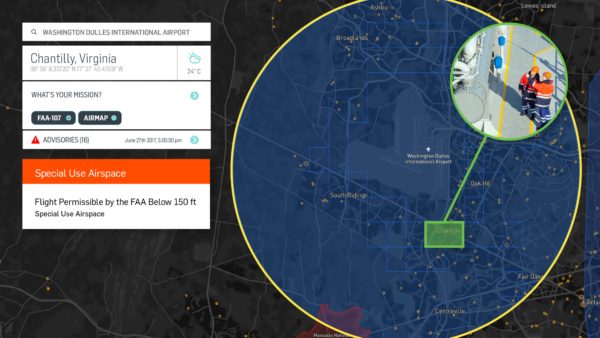
The FAA announced yesterday that the Low Altitude Authorization and Notification Capability (LAANC), which provides real-time airspace authorizations, will be expanded to 500 airports beginning April 30.
The FAA’s Acting Administrator Dan Elwell made the announcement on the first day of the UAS Symposium in Baltimore.
“Under the FAA’s Part 107 small drone rule, operators must secure approval from the agency to operate in any airspace controlled by an air traffic facility. To facilitate those approvals, the agency deployed the prototype Low Altitude Authorization and Notification Capability (LAANC) at several air traffic facilities last November to evaluate the feasibility of a fully automated solution enabled by data sharing. Based on the prototype’s success, the agency will now conduct a nationwide beta test beginning April 30 that will deploy LAANC incrementally at nearly 300 air traffic facilities covering approximately 500 airports. The final deployment will begin on September 13,” says the FAA announcement.
The FAA also indicated that it was willing to open the field of LAANC providers. This has been a bone of contention in the industry, as the few chosen FAA providers participating in the pilot have been able to publicize their capability and develop the technology ahead of other providers in the industry.
“Beginning April 16, the FAA also will consider agreements with additional entities to provide LAANC services. Currently, there are four providers—AirMap,Project Wing,Rockwell Collins and Skyward. Applications must be made by May 16. Interested parties can find information on the application process here. This is not a standard government acquisition; there is no Screening Information Request (SIR) or Request for Proposal (RFP) related to this effort.”
“LAANC uses airspace data provided through UAS facility maps. The maps show the maximum altitude around airports where the FAA may authorize operations under Part 107. LAANC gives drone operators the ability to interact with the maps and provide automatic notification and authorization requests to the FAA. It is an important step in developing the Unmanned Aircraft Systems Traffic Management System (UTM).”
Miriam McNabb is the Editor-in-Chief of DRONELIFE and CEO of JobForDrones, a professional drone services marketplace, and a fascinated observer of the emerging drone industry and the regulatory environment for drones. Miriam has penned over 3,000 articles focused on the commercial drone space and is an international speaker and recognized figure in the industry. Miriam has a degree from the University of Chicago and over 20 years of experience in high tech sales and marketing for new technologies.
For drone industry consulting or writing, Email Miriam.
TWITTER:@spaldingbarker
Subscribe to DroneLife here.

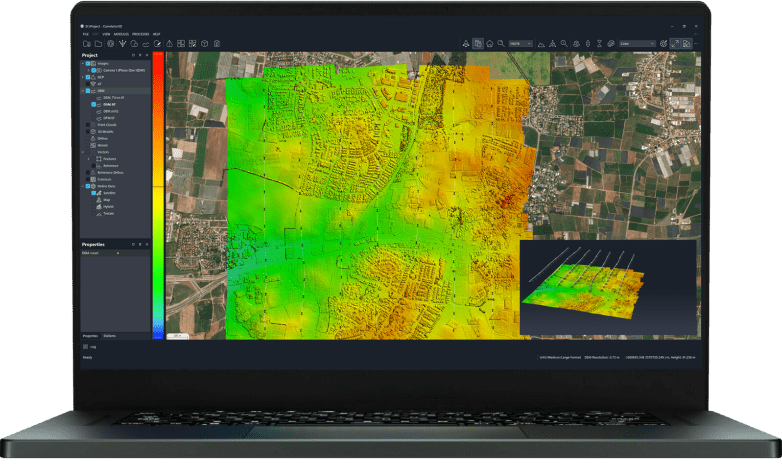

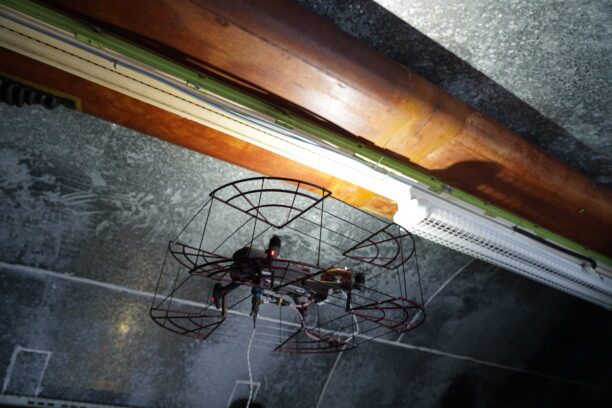
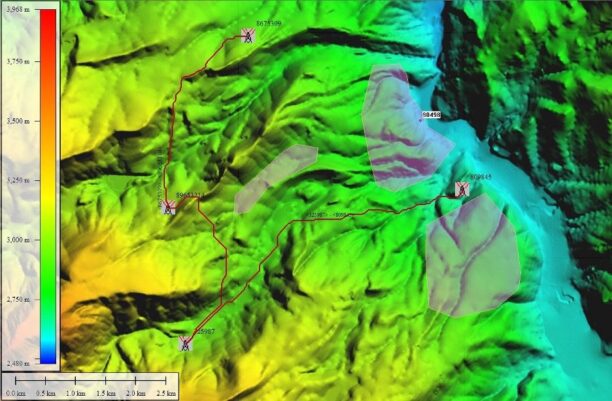
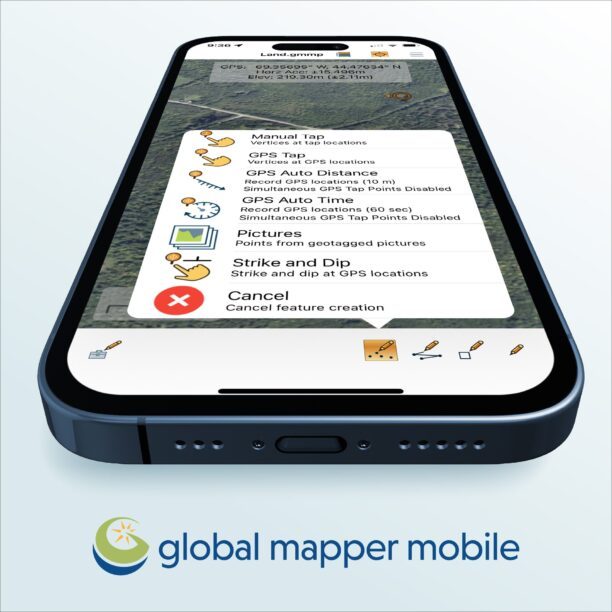

[…] The FAA announced yesterday that the Low Altitude Authorization and Notification Capability (LAANC), which provides real-time airspace authorizations, will be expanded to 500 airports beginning April 30. The FAA’s Acting Administrator Dan Elwell made the announcement on the first day of the UAS Symposium in Baltimore. “Under the FAA’s Part 107 small drone rule, operators […] The post FAA Announces Real-Time Airspace Authorizations at 500 Airports, Starting April 30 appeared first on DRONSee Original Article […]